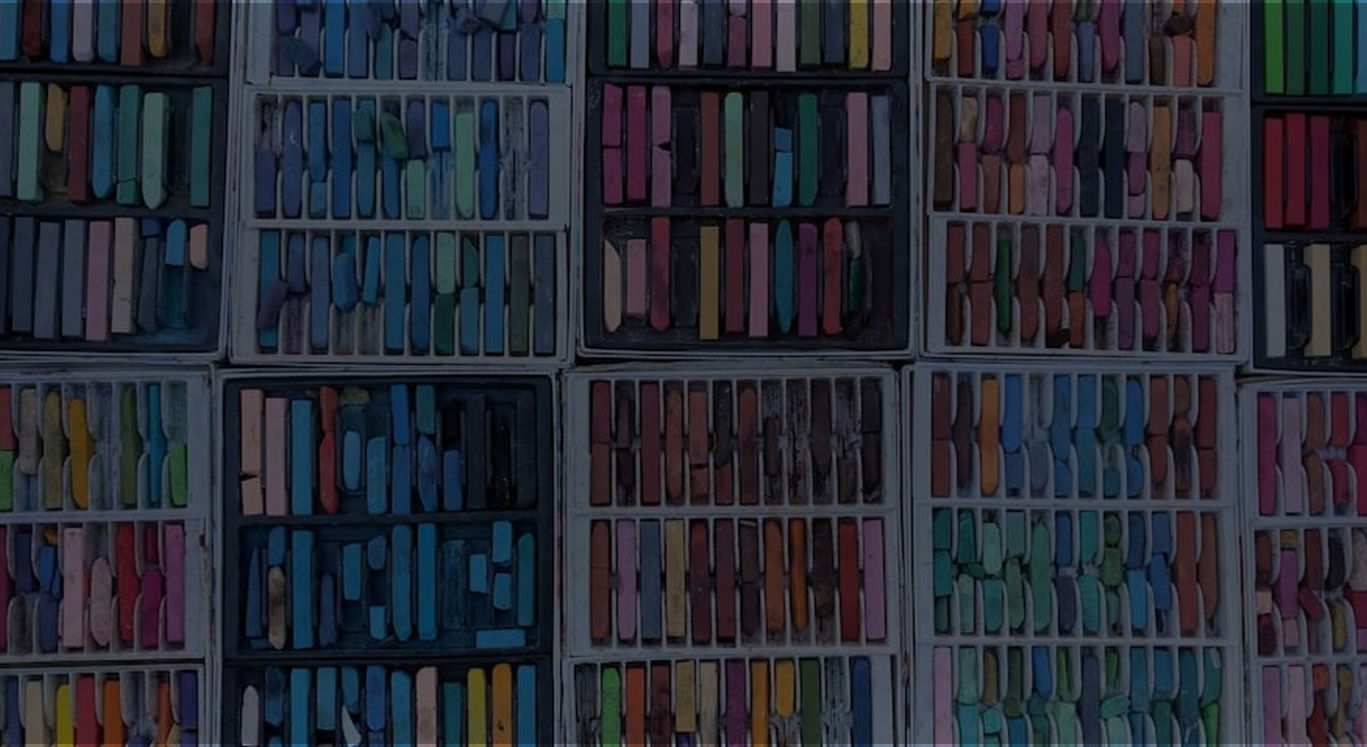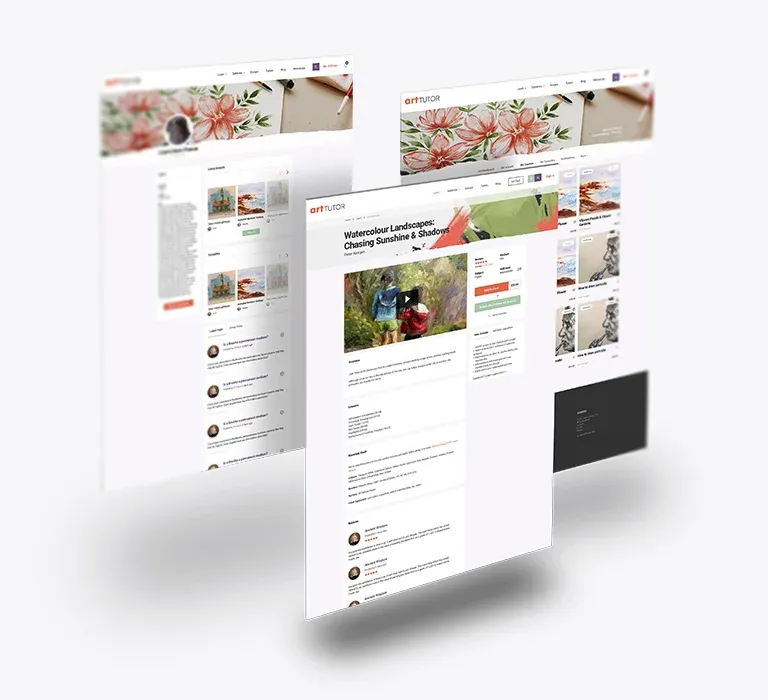
ArtTutor achieves 41% increase in subscriptions and 30% revenue growth through CMS development services
Client overview
ArtTutor is an immersive online learning environment that offers a vast library of art-based classes, led by experienced tutors. The platform serves as a community for art lovers and novices alike, fostering connections and collaboration. With over 100,000 YouTube subscribers and 8 million channel views, ArtTutor focuses on providing engaging and comprehensive learning experiences for artists at all levels.
Since 2015, we have worked together with ArtTutor to enhance their digital presence and drive growth through various projects, including support & hosting.
Since 2015, we have worked together with ArtTutor to enhance their digital presence and drive growth through various projects, including support & hosting.
The challenge
When ArtTutor first approached us, they needed to transition from traditional methods of delivering classes, such as CDs, to a modern, subscription-based online platform. Key challenges included increasing subscription numbers to enhance their revenue stream, creating a seamless purchasing process that caters to both new and returning users and improving the overall user experience to ensure engagement and retention.
ArtTutor aimed to establish a robust digital component for their service delivery, positioning themselves effectively within the online learning market.
ArtTutor aimed to establish a robust digital component for their service delivery, positioning themselves effectively within the online learning market.

“CTI Digital always deliver over and above my expectation, and I would highly recommend them to anyone looking for web consultants and design services. They have an outstanding team of Drupal developers who are on the leading edge of new developments within the platform. I'm sure we'll be working with them for many years to come.”— Art Tutor
The approach
Our focus was on creating an immersive and engaging user experience that facilitated access to art classes but also built a vibrant community of learners.
Through these targeted initiatives, we aimed to create a dynamic digital platform that not only resonated with ArtTutor’s audience but also set a strong foundation for future growth and innovation in online art education.
Through these targeted initiatives, we aimed to create a dynamic digital platform that not only resonated with ArtTutor’s audience but also set a strong foundation for future growth and innovation in online art education.
-
Discovery and user research:
Extensive research was conducted to understand user needs and behaviour, ensuring the new platform effectively addressed their pain points. -
Website rebuild on Drupal:
A new site was developed using Drupal and its commerce capability, supporting subscription-based access to video content. This platform provided scalability and improved operational efficiency. -
Intuitive mobile/user experience:
Realising a large portion of users access the site via mobile devices, we ensured the platform was mobile responsive. This optimised navigation and content layout enhanced usability for all visitors. -
Video optimisation:
Implemented JWPlayer for video hosting, allowing high-quality playback and accessibility, even in areas with low connectivity. -
Personalised dashboards:
Introduced ‘My Dashboard’ functionality to help users track their courses and progress easily, ultimately improving engagement. -
Content hub development:
Created content hub pages that showcased specific art forms, simplifying navigation and improving visibility for relevant searches. -
Community development features:
Developed features for user groups to facilitate interaction and collaboration among students, building loyalty and support.
The results
ArtTutor's digital transformation has redefined their online presence and significantly enhanced user engagement and satisfaction:
-
The new platform design and features have significantly increased the number of users subscribing to courses.41%increase in subscription goal completions
-
Enhanced engagement strategies have translated into a considerable boost in sales, showcasing the financial value of the platform's improvements.30%increase in revenue
-
The responsive design has encouraged more users to access the site on mobile devices, reflecting the growing importance of mobile engagement.64%increase in mobile sessions
-
Users have interacted with the content extensively, proving high satisfaction and interest in the educational material provided.17 milminutes of art lessons watched

